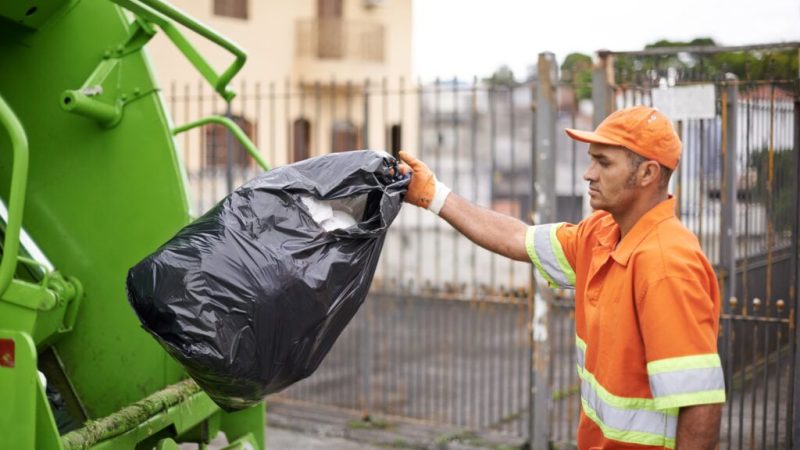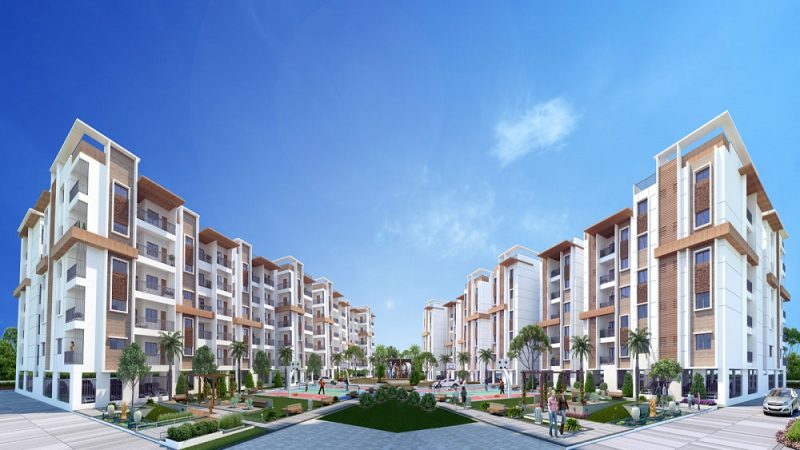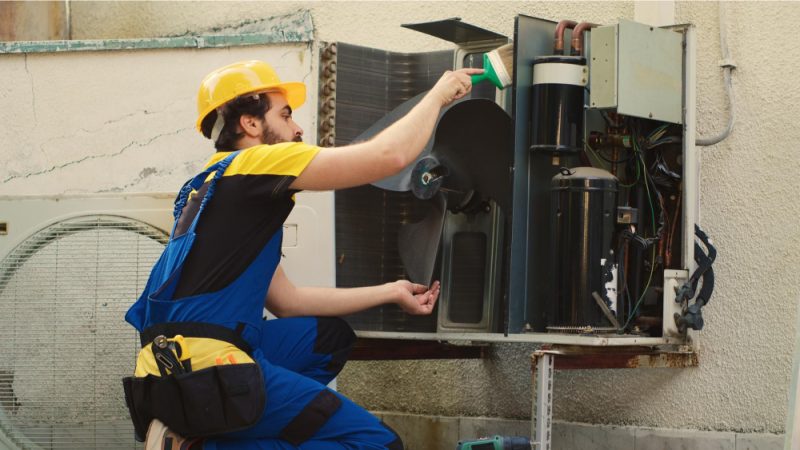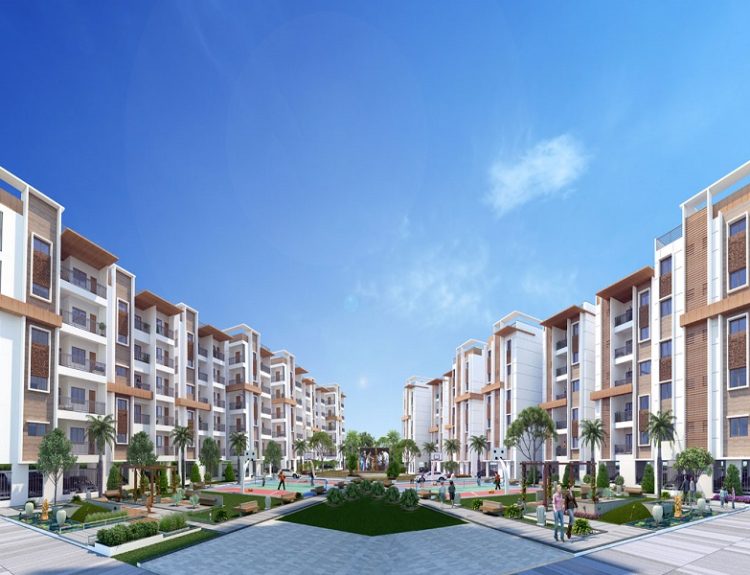Choosing new windows forces you to weigh more than price tags; you’re selecting a material that will influence comfort, efficiency, and curb appeal for decades. Vinyl and fiberglass both promise strong insulation and modern looks, yet they behave differently once the weather turns extreme or the years stack up. This guide breaks down the real-world differences in thermal performance, moisture response, structural strength, upkeep, and design flexibility. You’ll see where each material excels—and where compromises emerge—so you can match a product to your climate, budget, and style goals. If you’re mapping options or looking to compare installation quotes, you can also Browse Services from vetted pros to validate specs and local code fit. By the end, you’ll have a clear framework for evaluating Vinyl Vs Fiberglass Windows with 2025 standards and expectations in mind.
Thermal Stability and Energy Ratings of Vinyl and Fiberglass Frames
Thermal performance starts with how the frame manages heat flow and expansion when temperatures shift. Vinyl frames insulate well because PVC is a poor conductor, and multi-chamber extrusions reduce thermal bridging across the sash and frame. Fiberglass frames are also strong performers, but their standout trait is dimensional stability—glass fibers expand and contract at rates closer to the insulated glass unit, helping seals stay aligned. In climates with large temperature swings, that alignment can protect against subtle gaps that undermine U-factor over time. Measured on the whole-window level, both materials can achieve excellent ratings when paired with quality glazing, warm-edge spacers, and gas fills.
Understanding U-Factor, SHGC, and Frame Conductivity
Two ratings matter most for energy outcomes: U-factor (heat loss) and SHGC (solar heat gain). In cold or mixed climates, a lower U-factor (typically around 0.20–0.30 for advanced double or triple-pane packages) delivers better winter performance; both vinyl and fiberglass frames can help reach those numbers with similar glass packages. SHGC selection depends on orientation and region—lower values reduce summer heat gain, higher values can aid passive solar in northern zones. Fiberglass’s low expansion rate helps keep the unit stable across seasons, while vinyl’s inherently low conductivity reduces edge-to-frame losses; the best designs often include foam fills, thermal breaks, or co-extrusions to fine-tune results. Look for NFRC-certified labels and alignment with your ENERGY STAR climate zone to ensure the window’s lab-tested promise matches your region’s demands.
How Each Material Performs Under Humidity and Temperature Swings
Moisture is a quiet disrupter that tests both the frame and sealant systems around the unit. Vinyl resists rot and doesn’t absorb water, but it can expand more noticeably under heat, which may stress the sash, weatherstripping, or hardware if installations are tight. Fiberglass hardly swells or shrinks, maintaining squareness that keeps compression seals evenly engaged; that stability is valuable in humid, tropical, or coastal settings. Over time, less frame movement often means fewer callbacks for draft complaints or latch misalignment. Still, both materials depend on high-quality installation, proper flashing, and consistent indoor humidity control to prevent condensation issues on sashes and jambs.
Cold snaps, coastal air, and high-altitude challenges
In frigid climates, fiberglass’s thermal stability helps maintain seal pressure when temperatures plunge, potentially reducing the edge-of-glass condensation risk versus frames that move more. In sun-heavy or coastal regions, UV exposure and salt air raise different challenges: vinyl needs UV-stabilized compounds and capstock technology to avoid chalking, while fiberglass coatings should be marine-grade to resist abrasion and fading. High-altitude homes can see pressure-related glass stress; frame stability again supports long-term seal performance. Regardless of material, backer rod and high-performance sealants at the exterior perimeter stop wind-driven rain from entering the assembly. If you’re unsure how local conditions affect specific product lines, consult regional specifications and warranty notes, and consider a blower door test after install to verify air sealing.
Durability Testing: Impact Resistance and Structural Integrity
Structural durability often comes down to how frames hold shape under wind load and how hardware remains anchored after years of use. Vinyl frames today are far stronger than early-generation units, especially when they include internal ribbing or metal reinforcement in meeting rails. However, fiberglass typically achieves greater stiffness per profile, allowing slimmer lines without sacrificing performance; that stiffness helps resist bowing or racking in tall or wide openings. In storm-prone zones, both materials can pass impact ratings when paired with laminated glass and reinforced sashes. Ultimately, it’s a system question: glazing, spacer, reinforcement, and frame geometry work together to meet a specified design pressure.
What lab tests reveal—and what they don’t
Testing standards such as DP/PG ratings quantify wind load resistance, while ASTM E1886/E1996 define impact performance for hurricane zones. In many cases, fiberglass units reach higher DP ratings with less bulk, thanks to the material’s stiffness and screw retention in the substrate. Vinyl can match these results when reinforced, but that often adds weight and may thicken sightlines; neither path is wrong, but the tradeoff differs. Field life adds variables that labs can’t simulate perfectly—fastener corrosion, shifting foundations, and UV aging influence long-term rigidity. If you’re comparing Vinyl Vs Fiberglass Windows for a large opening or multi-story elevation, examine third-party structural reports, reinforcement details, and hardware anchoring methods alongside the headline rating.
Maintenance Demands and Color Retention Over Time
Maintenance stakes vary by climate and color. Standard white vinyl is nearly maintenance-free—cleaning with mild soap keeps it looking fresh, and the color runs through the material, so scratches are less obvious. Dark vinyl requires advanced capstock or co-extruded layers to resist heat buildup and fading; reputable manufacturers specify temperature-limiting pigments and UV inhibitors. Fiberglass, by contrast, is typically finished with durable factory coatings and can be repainted down the line, which helps extend style life in design-forward homes. If you like to refresh exteriors every decade, that repaintability is a strategic advantage.
Warranty fine print that matters
Read color and finish warranties carefully, because coverage for chalking, gloss loss, or fade deltas differs widely. Some vinyl lines prohibit field painting or limit dark color use in high-sun exposures, while many fiberglass warranties remain valid with approved coatings. Clean both materials using manufacturer guidelines—avoid solvents or abrasive pads that can dull surfaces or compromise seals. Hardware care matters, too: periodic lubrication of locks and hinges offsets airborne grime and salt, especially within 10 miles of a coastline. If time is tight, you can Browse Services locally for maintenance packages that include seasonal inspections, cleaning, and small adjustments that keep warranties intact.
Aesthetic and Design Versatility in Modern Home Settings
Design priorities often tip the scale when performance numbers are close. Fiberglass’s stiffness allows narrower frames and larger glass areas for a contemporary look, with crisp corners that mimic the refinement of aluminum without the thermal penalty. It also accepts paint well, making it easier to match evolving palettes or HOA requirements without resorting to full replacements. Vinyl offers a breadth of cost-effective options, including wood-look laminates and popular neutrals; many homeowners appreciate the consistent, low-sheen finish and integrated color. The newest premium vinyl lines slim sightlines, narrowing the aesthetic gap and delivering strong curb appeal at a lower installed cost.
Matching styles without compromising function
If you’re aiming for modern minimalism, thin profiles and right-angle corners push fiberglass ahead, especially on multi-panel sliders or expansive picture windows. Craftsman and traditional homes benefit from simulated divided lites, deeper sash profiles, and warm finishes—vinyl’s woodgrain laminates have improved, while fiberglass can be painted in heritage tones. Coastal or contemporary farmhouses often mix styles: double-hung units street-side, with large fiberglass sliders to the rear for daylight and views. For historic districts, check whether exterior muntin profiles and gloss levels meet local guidelines; factory-applied fiberglass finishes can achieve the required sheen. In renovation projects where consistency is key, pair material choice with matching hardware finishes and grid patterns to maintain a unified aesthetic across elevations.
Which Material Offers the Best Balance for 2025 Upgrades
For 2025 projects, balance hinges on regional codes, energy costs, and long-horizon value. If upfront budget and quick installation top the list, vinyl provides compelling efficiency per dollar with minimal upkeep—an especially good fit for starter homes, rentals, or scale renovations. Where weather is volatile or openings are large, fiberglass’s thermal stability and stiffness increase peace of mind, and repaintability supports future design shifts without replacement. Energy modeling often shows both materials achieving similar whole-window U-factors with high-performance glass, but fiberglass can hold specs more consistently over time in extreme climates. Consider total ownership: energy use, maintenance, potential repaint cycles, and resale curb appeal.
Quick decision framework for homeowners in 2025
- Climate: Choose fiberglass for big temperature swings or coastal UV-salt exposure; choose vinyl for moderate climates with fewer extremes.
- Openings: For tall or wide spans, fiberglass’s rigidity helps maintain alignment and sleek sightlines; reinforced vinyl works well for standard sizes.
- Finish plans: If you anticipate color changes, fiberglass’s repaintability preserves flexibility; if you want set-and-forget, white or light vinyl shines.
- Budget and incentives: Compare installed costs and local rebates; both materials can qualify if glazing meets program thresholds.
- Installer quality: A great window underperforms with poor flashing and shimming. Vet crews, ask about certified training, and insist on airtight, water-managed installations.
If you’re mapping bids or cross-checking product specs against local codes, take a few minutes to Browse Services from regional pros who know wind loads, exposure categories, and HOA rules. They can help you match glazing packages and frame options to your home’s orientation and verify warranty requirements. With a concise plan and the right installer, you’ll get windows that deliver measurable comfort gains, stable bills, and a look that feels current well into the next decade.








